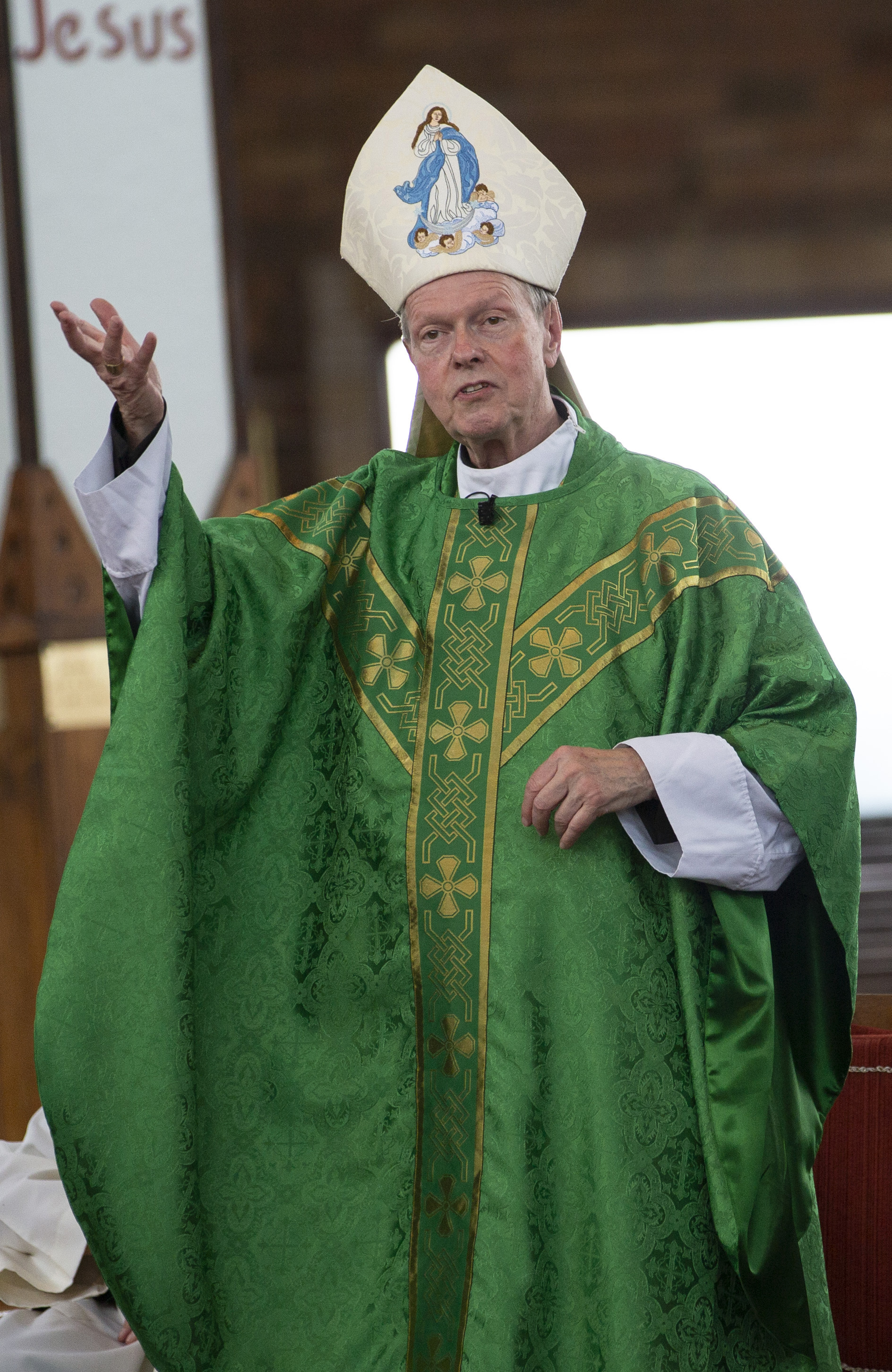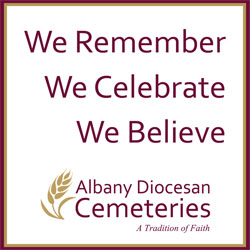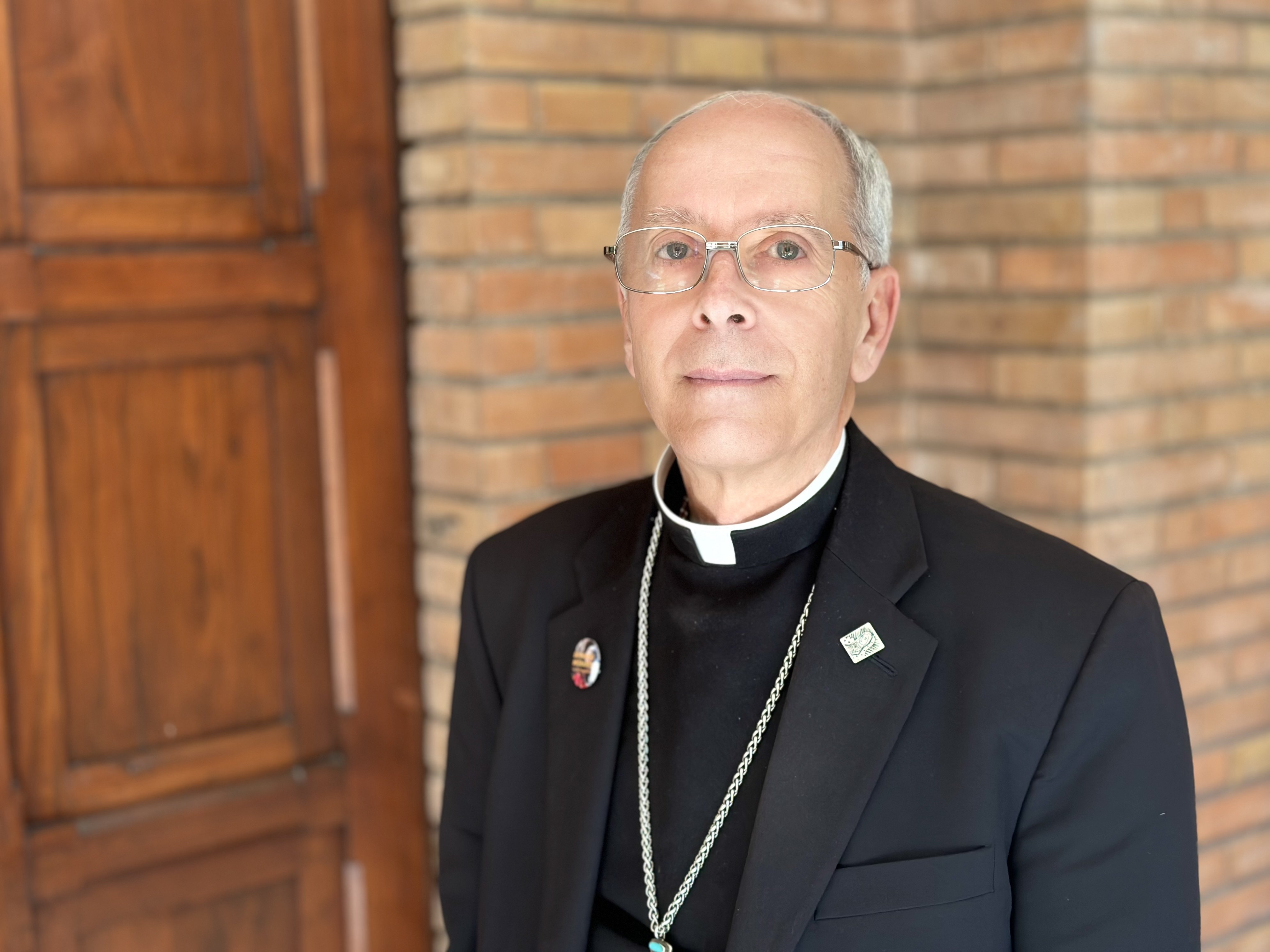April 6, 2020 at 2:48 p.m.
Mother Seton, the Pandemic, and the Charism of Charity
The COVID-19 virus has created a culture of isolation in need of accompaniment.
I am a Catholic priest now sent to live in a nursing home on the Upper East Side of Manhattan. Along with a few of my Dominican Priest brothers, we make up the Dominican Friars Health Care Ministry of New York.
Before the current crisis progressed, we opted to practice isolation from each other, knowing that if one of us became ill, we would all have to be quarantined. And so, I am living in a nursing home, 40 years early perhaps, but as a shepherd with a vulnerable flock.
My older brother George is autistic. The first school he attended in Albany, was St. Catherine’s, run by the Daughters of Charity. When we were children, Sr. Dorothy Copson, D.C. supervised the school with exemplary charity. This first presence of the Charity charism was the root of my later decision to take the religious name Vincent for St. Vincent de Paul, who co-founded the Daughters of Charity with St. Louise de Marillac in the 17th century.
As a member of the Mystical Body of Christ, I am never in total isolation, because even when alone I belong to a communion of saints, some in glory, others like myself, still being sanctified.
Among the holy ones held up by the Church for inspiration through formal canonization I have felt close to many. Among these saints is Elizabeth Ann Seton.
Mother Seton’s images showed up in my life around the time of her canonization, which was near to the American bicentennial of 1976, and so as a small boy I saw images of two early American women — Betsy Ross and Mother Seton — seemingly everywhere.
As a teenager I often visited an elderly Italian-American woman who prayed a daily novena to Mother Seton. She may have known about Elizabeth Ann Seton’s friendship with the Filicchi family in Italy, who were important to Elizabeth’s conversion to Catholicism.
I also read that it was a Dominican Friar O’Brien who received Elizabeth Ann Seton into the Church at St. Peter’s in Manhattan, the same Dominican who also served briefly as a pastor in Albany.
While assigned to be the chaplain of the Catholic Community at Johns Hopkins University in Baltimore, Maryland, I took many groups of young adults on days of recollection to nearby sacred and historic places associated with Mother Seton — her National Shrine in Emmitsburg, and the Mother Seton House on Paca Street in Baltimore.
Over the course of years, I came to know St. Elizabeth Ann not as a Catholic Betsy Ross but as a Eucharistic Mystic. Several times I offered Mass in the house at Emmitsburg where she died.
As Christians we live within the echo of Mary’s Fiat and to it we add our own voices. Since my fourth year after ordination, I have kept near to me words of Mother Seton pertaining to priestly ministry to the dying.
In a letter prior to her conversion Elizabeth Ann Seton wrote to a Catholic friend: “. . . the one you call Father of your soul, attends and watches it in the weakness and trials of parting nature with the same care you and I watch our little infant’s body in its first struggles. . . on its entrance into life.”
These words of Mother Seton have echoed within me in visits to the dying, before my isolation, at Memorial Sloan Kettering, New York Cornell, and other hospitals. Among a few other things, I carried a printed copy of these words to my current residence in the nursing home.
In the past few days, I’ve heard the echo of her “Yes,” which created a sisterhood of Charity, in the voice of a man who recalled that St. Vincent’s hospital in NYC was founded by the Sisters of Charity in the wake of a cholera epidemic.
And I heard another voice recalling the work of St. Vincent’s sisters, the Daughters of Charity, during the AIDS epidemic.
Then the other day a Carmelite sister at the nursing home gave me some relics to use in my ministry. Among these were a small paper square enclosing a piece of cloth. On the paper is a picture of Mother Seton and the words: “Cloth touched to relic of MOTHER ELIZABETH SETON Sisters of Charity Emmitsburg, Md.”
Her relic is the echo of her intercessory presence, accompanying us to the sick, and carrying us all before the loving heart of Christ.
Father Hugh Vincent Dyer, O.P.is a member of the Order of Preachers, Eastern Province of St. Joseph. A native of Albany, he attended St. Anselm College in New Hampshire before studying at the Dominican House of Studies in Washington D.C. He recently served as Catholic chaplain at Johns Hopkins University in Baltimore, and now serves in Manhattan with the Dominican Friars Health Care Ministry of New York. During the COVID-19 epidemic Father Dyer resides with the residents at the Mary Manning Walsh Home on the Upper East Side. He writes for Catholic Digest and is a contributing editor for Lydwinejournal.org
- Seminaries report seeing fruits of discipleship, discernment in ‘propadeutic year’
- Archdiocese of New Orleans bankruptcy moves another step closer to $230 million resolution
- Catholics join in Chicago international commemoration of Ireland’s Great Famine
- Nigerian church leaders have mixed reaction to Trump threat of action to protect Christians
- After judge’s order, Trump administration to issue partial SNAP payments with contingency funds
- Bishop Senior issues apology after Catholic school uses Nazi symbol in Halloween parade
- Trump places Nigeria on religious freedom watch list, threatens military action
- Pope names St. Newman patron of his alma mater in Rome
- Catholic Church ‘seeks closer ecumenical ties’ in response to world needs
- Christ ‘tamed’ death, but people may still feel sad or outraged, pope says








Comments:
You must login to comment.